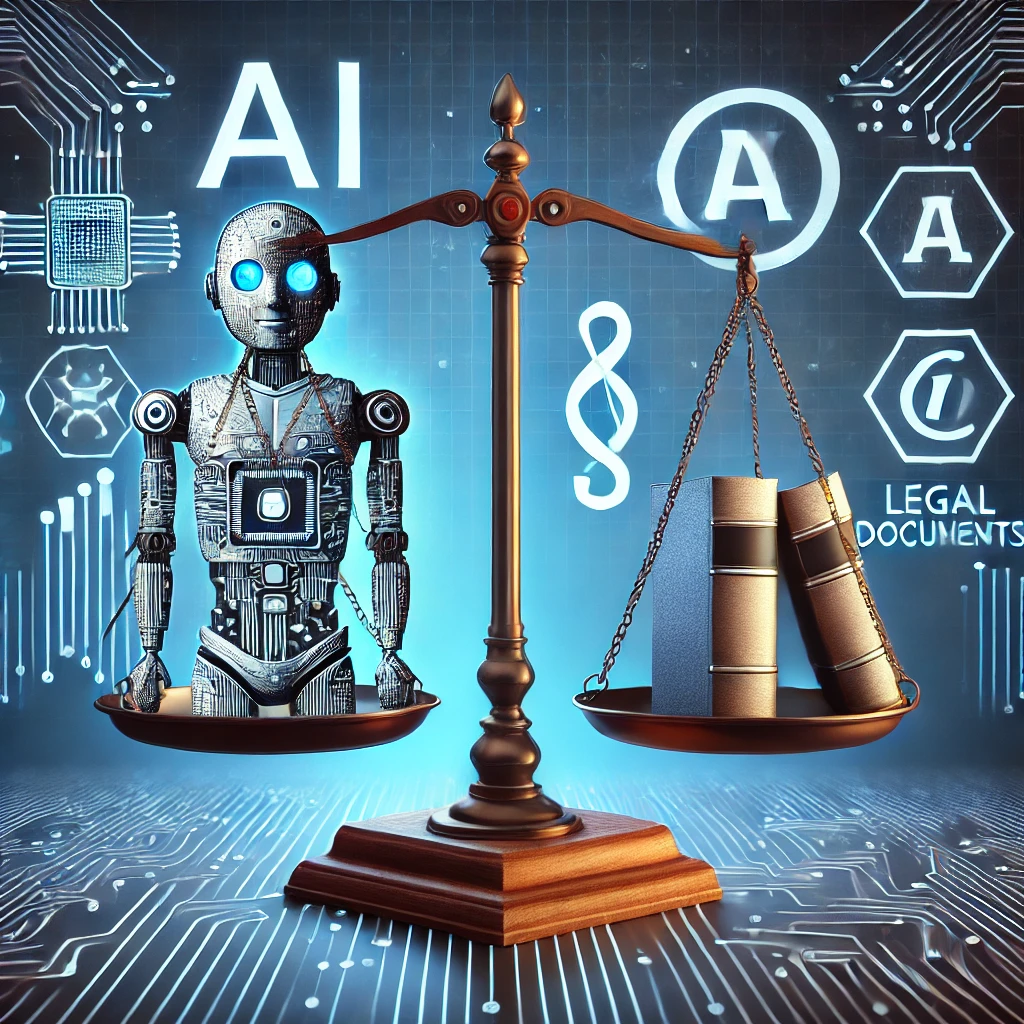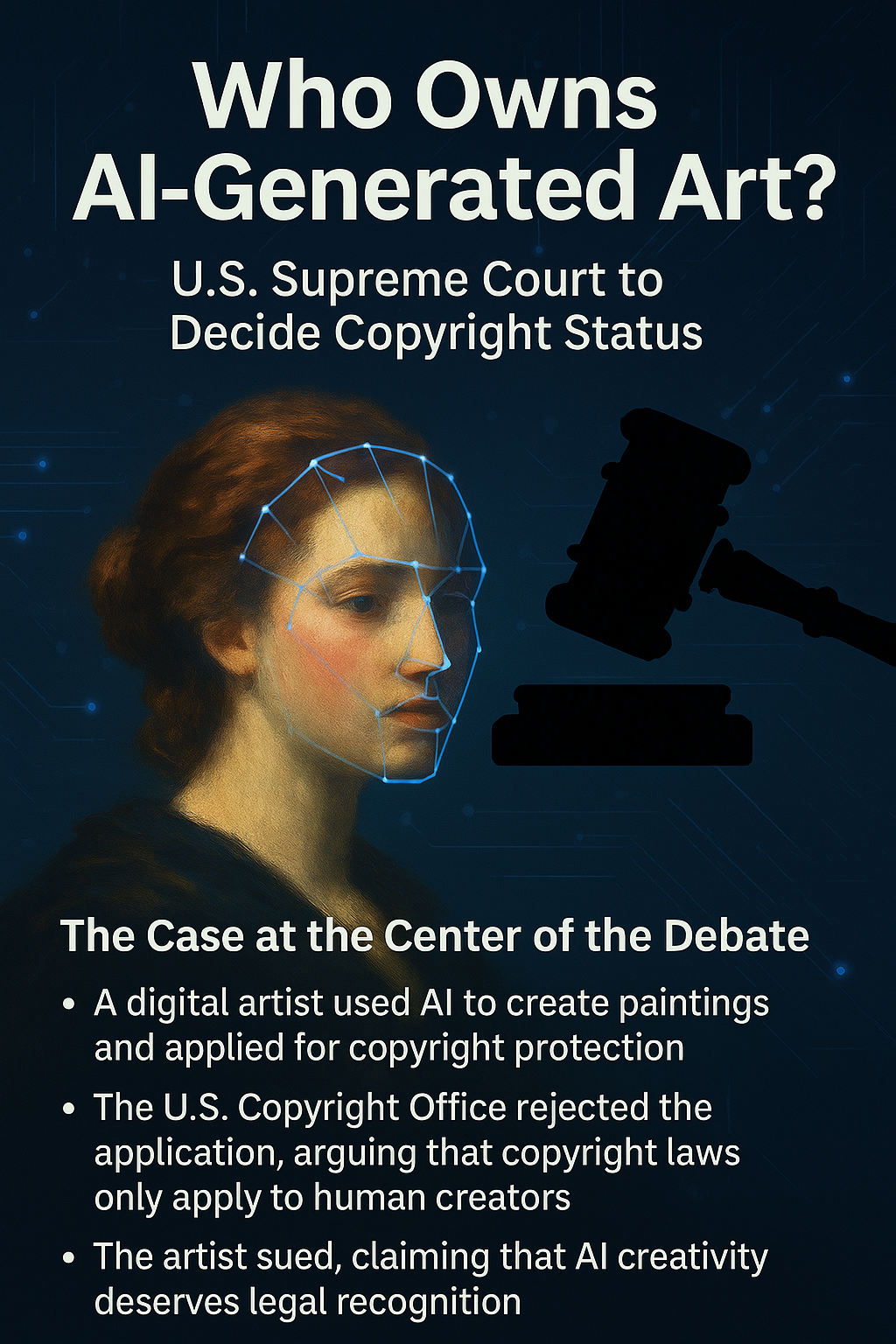Difference Between Trade Secret and Patent
Difference Between Trade Secret and Patent
1. Definition
| Aspect | Trade Secret | Patent |
|---|---|---|
| Meaning | Confidential information or knowledge that gives a business a competitive advantage. | A legal right granted for an invention, providing exclusive rights to use, sell, or license the invention for a limited time. |
2. Nature of Protection
| Aspect | Trade Secret | Patent |
|---|---|---|
| Type of Protection | Protection is through confidentiality; the secret must be kept undisclosed. | Protection is through public disclosure in exchange for exclusive rights. |
| Duration | Potentially indefinite, as long as secrecy is maintained. | Fixed term, usually 20 years from the filing date. |
3. Requirements for Protection
| Aspect | Trade Secret | Patent |
|---|---|---|
| Requirements | Information must be secret, have commercial value, and be subject to reasonable efforts to maintain secrecy. | The invention must be novel, non-obvious, and useful. |
| Disclosure | No disclosure is required to the public. | Full disclosure of the invention is mandatory. |
4. Scope and Subject Matter
| Aspect | Trade Secret | Patent |
|---|---|---|
| What is Protected? | Formulas, practices, processes, designs, instruments, or compilations of information. | New inventions, processes, machines, compositions of matter, or improvements thereof. |
5. Enforcement and Remedies
| Aspect | Trade Secret | Patent |
|---|---|---|
| Enforcement | Protected through contractual agreements (e.g., NDAs), and legal action for breach of confidentiality. | Enforced through patent infringement suits in courts. |
| Remedies | Injunctions and damages for misappropriation. | Injunctions, damages, and sometimes royalties. |
6. Risk of Loss of Protection
| Aspect | Trade Secret | Patent |
|---|---|---|
| Risk | Protection lost if secret is independently discovered or leaked. | Protection ends when patent term expires or if patent is invalidated. |
Case Law Examples
Trade Secret Case:
PepsiCo, Inc. vs. Redmond
PepsiCo sued a former employee who joined a competitor, alleging he would use Pepsi’s confidential information.
The court recognized the importance of protecting trade secrets and issued an injunction.
Emphasizes the protection of confidential information through trade secret law.
Patent Case:
Diamond vs. Chakrabarty
The case involved the patentability of a genetically modified bacterium.
The court upheld the patent as the invention was novel and useful.
Established that inventions meeting criteria can be patented.
Summary Table
| Feature | Trade Secret | Patent |
|---|---|---|
| Disclosure | No public disclosure required | Full public disclosure required |
| Duration | Indefinite (if secret maintained) | Limited term (usually 20 years) |
| Type of Protection | Confidentiality | Exclusive rights by law |
| Enforcement | Contractual and tort remedies | Legal patent infringement suits |
| Subject Matter | Confidential business info | New inventions and innovations |
Conclusion
Trade secrets protect confidential information indefinitely but rely heavily on secrecy.
Patents protect inventions for a fixed period but require public disclosure.
Both serve as critical tools for protecting business innovation but differ fundamentally in approach and scope.







0 comments